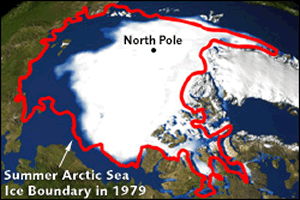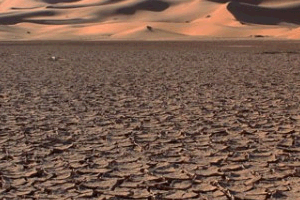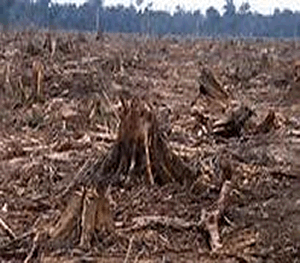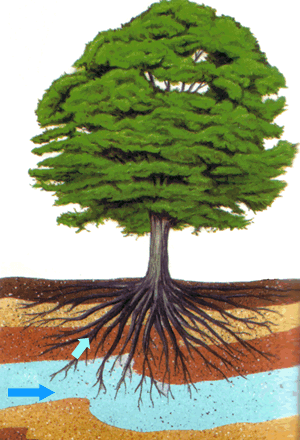Human impact on the water cycle.
Earth's average global surface temperature is increasing. It is known as "Global Warming" exacerbated by emission from the burning of fossil fuels. Surface temperatures have increased, on average, about 0.74°C since the late–19th century.
The change may appear insignificant, but because many of the processes involved in the water cycle are temperature dependent, even the smallest increase in global temperature will intensify the movement of water through the cycle.
Warm air can hold much more water vapour than cold air. This is something you experience when traveling to warmer climates with a higher associated humidity. This will result in more intense rainfall in certain areas and less in others.

Hotter temperatures would also increase evaporation from oceans. lakes and rivers, as well as soil. As a result, river and lake levels would drop, and soils would dry out. Plant transpiration would increase and this would dry out the soil even faster.
As the run-off decreases, rivers start to dry up and salt water begins to move inland, along the dry river course, contaminating the soil with salt.

Snow and ice have a, somewhat, cooling effect on the atmosphere by reflecting solar radiation back out into space. On current estimates about 2% of the water on Earth is trapped as ice. Increase in temperature will cause glaciers and polar ice to melt causing more water to drain into the oceans and consequently raise sea level.
How would this impact on global warming?
Warmer temperatures and dry soils means less plant cover. With little plant cover, more dust and dirt would blow into the air. How could the build up of particulates in the atmosphere impact on global warming?

View the video on the right.
What are some natural sources of aerosol particles in the air?
What Human activities cause an increase in aerosol particles in the atmosphere?
How do aerosol particles impact on the water cycle?
What role do clouds play in controlling Earth's climate?
How can aerosol particles contribute to cloud formation?
How can aerosols inhibit cloud formation.? Discuss the impact on the water cycle.
Forests account for 10% of the atmospheric water vapour. Through a process known as transpiration, trees pump water out of the ground and into the atmosphere. Studies have shown that although the major impact of deforestation on rainfall is near the deforestation, it also has a strong influence in far away places on the globe. For example, deforestation in the Amazon can severely reduce rainfall in Texas and the Gulf of Mexico during certain times of the year.
Explain the link between trees and the water cycle.
Deforestation can also contribute to aerosols in the atmosphere through dust storms.
From what you know of the impact of aerosols in the atmosphere explain a likely impact of dust accumulation on the water cycle in the local area.

Deforestation has further impacts on the environment. Transpiration actually pumps water out of the ground preventing salty water, deep underground, from rising to the surface.
Without trees the top soil suffers from increased salinity.
